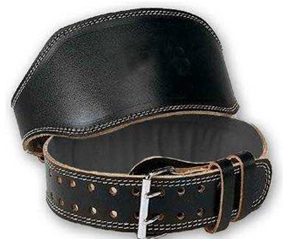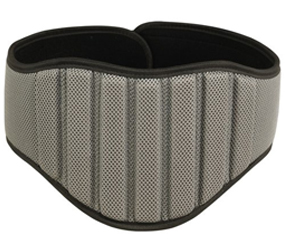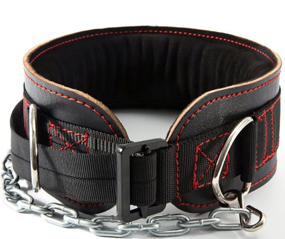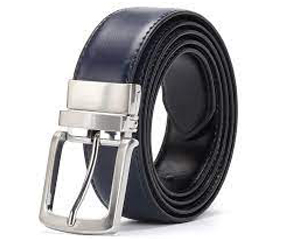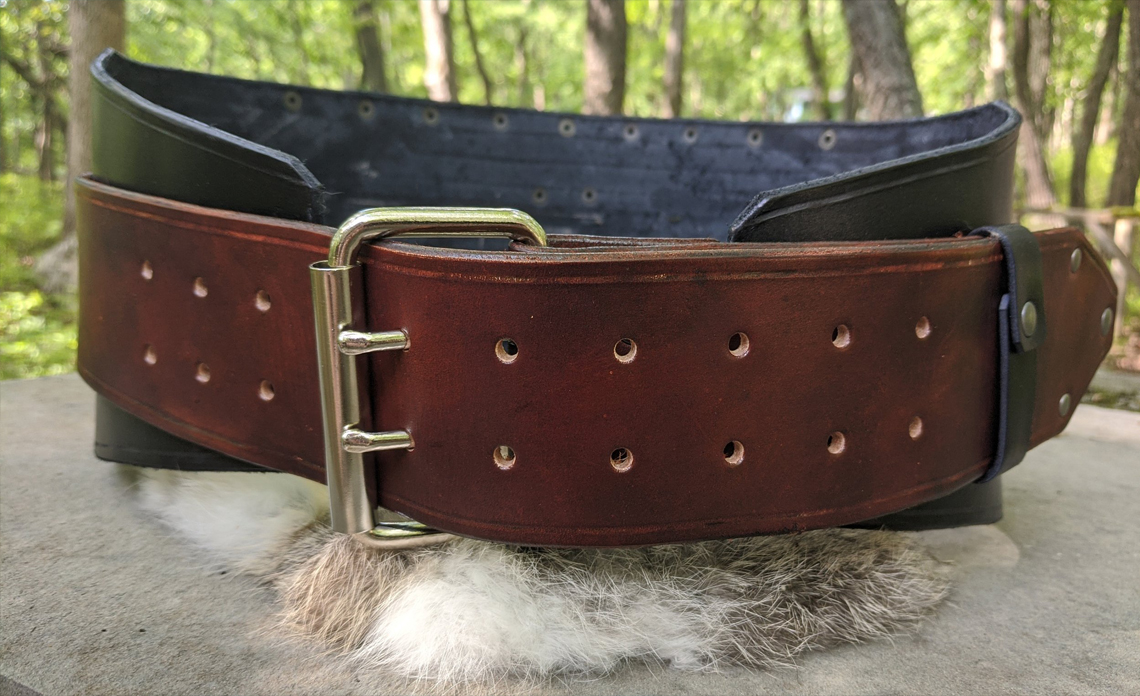Between studies and testimonies, there are some benefits that can be highlighted for the use of a belt in weightlifting movements. These include:
- Stabilization of the upper and lower body;
- Increased abdominal pressure, which helps stabilize the spine;
- Prevention of injuries, due to this same stabilization;
- Athletes reported that the use of a belt in an appropriate way brings a heightened body awareness, especially in the core area and the correct positioning of the spine during the movement – athletes can maintain a proper posture and their core muscles are contracted, which protects them;
An article by Stronger by Science³ pointed out some of the metrics already researched that demonstrate the benefits of using the belt in an athlete’s performance. These are summarized here:
- Intra-abdominal pressure increases between 15-40%;
- Spinal atrophy decreases between 25-50%;
- Bar speed increases by 6-15%.
What kind of belts are there?
There are 3 types of belts, with different functions and for different purposes. Find out which one is right for you:
Type 1 – Powerlifting Belt or Power Belt
The Power Belt is the right belt for Powerlifting athletes – it has the same width across the entire belt for maximum protection, typically 10 cm, is sturdy and with reinforced seams. Its clasp is a lever, which allows it to be adjusted to the desired size – this is a specialized belt to provide strength and support under heavy loads.
Type 2 – Neoprene Weighlifting Belt
These are usually available in 2 contact zone sizes: 10cm and 15cm.The neoprene belt is a belt loved by many cross training athletes because it is easily removed during a WOD – its Velcro fastening is quicker and doesn’t require apnea to be opened. Another feature is that the neoprene belt allows you to adjust its size whenever necessary, if there are differences in waist size over time.
Type 3 – Leather Weighlifting BeltThe belt is fastened by a buckle, which makes it much safer and less likely to open during a movement. However, this type of buckle is more difficult and slower to open, which can cause delays during a competition or workout.The leather belt is the most traditional option for belts – its material is more durable and usually has a cushion in the lumbar area for increased comfort.


